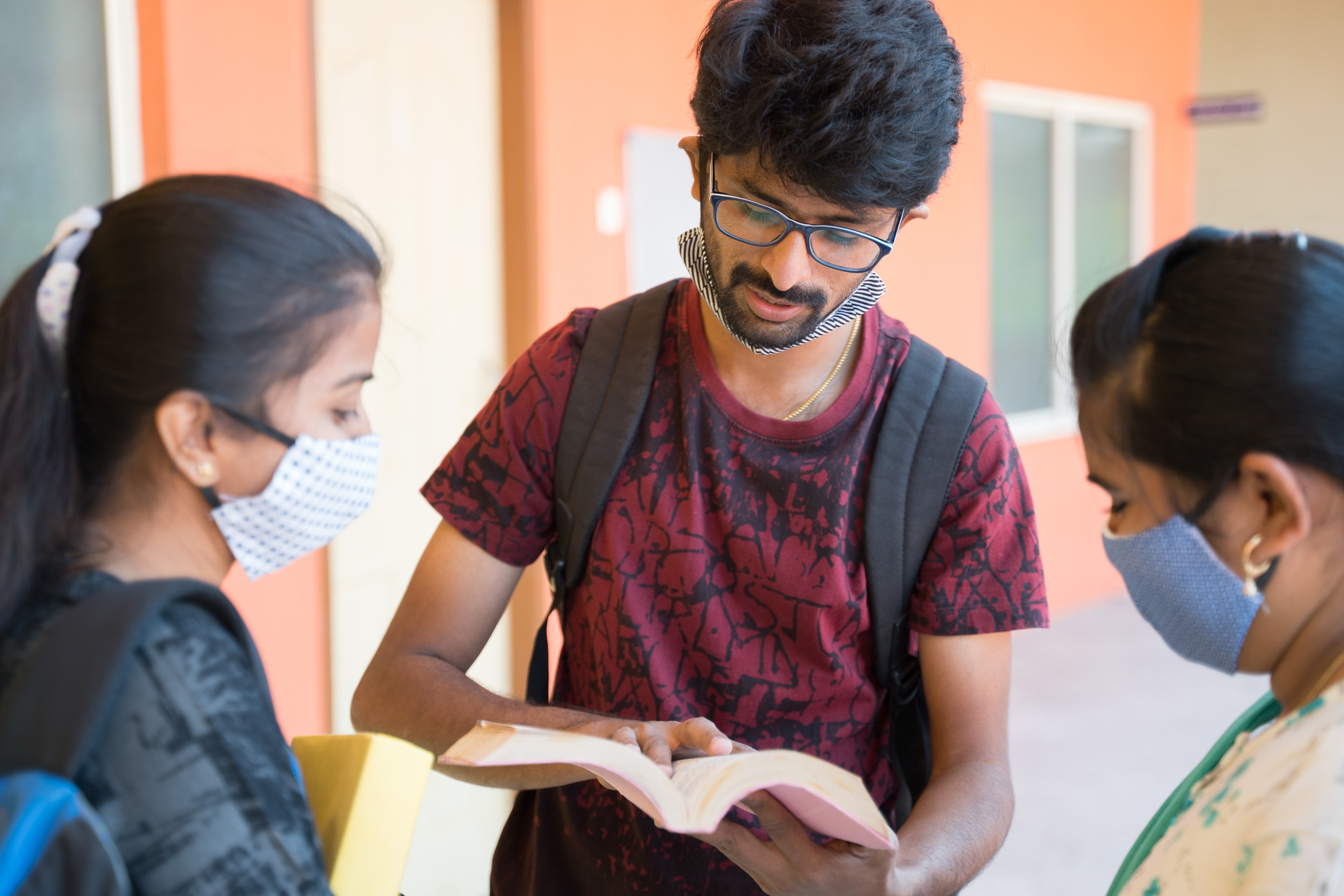This post is part of the COMPAS Coronavirus and Mobility Forum.
According to UNESCO, in 2018 there were five million international students across the globe, of which 750,000 were from India. Canada, the world’s third most popular destination for international students after the US and Australia, hosted around 650,000 international student registrations in 2019, and almost a third (34 percent) were from India. The number of Indian students in Canada has increased from 32,000 in 2015 to 107,000 in 2018. Statistics also reveal that the numbers of Indian students with valid study permits has increased by over 225 per cent between 2016 and 2018, and the number of Indians who have obtained permanent residence increased from 39,340 in 2016 to 80,685 in 2019.
It can be comfortably assumed that about 200,000 Indian students hold valid Canadian study permits. The influx of Indian students to Canada has been encouraged by policies such as the Study Direct Stream (SDS) Programme, which provides international students fast-tracks in applying for permits, and the Post–Graduation Work Permit Programme (PGWPP). Initially, the number of Indian students attending universities were more than the ones attending colleges. However, this trend has changed over the years, and more students are now heading to colleges. This change can be attributed to the fact that now students are more inclined towards management roles and colleges are the best fit to accommodate this by offering direct career oriented study than universities. Also, workers in industries earn twice the median wage on an average and job creation in Canada is particularly private driven. Canada offers one of the world’s most attractive packages to international students by providing post–graduation work permit along with an opportunity to apply for open work permit for 1.5 years. The largest share of international students in Canadian colleges come from India, nearly nine times that of the second largest nationality group from China.
Responses to COVID-19
Twenty-six year old Elsa resigned from her job in India with plans to move to Canada. Her dreams got deferred for a year rendering her jobless. Like Elsa, plans of many students to migrate and later transition their student status to that of a worker and permanent resident were thrown into disarray.
“I came here on December 2019; I also work part time in a restaurant at Toronto. Like most of my friends I lost the job. During the initial period my brother sent me some money as I couldn’t sustain here. Right now I am planning to shift to another street where the rent would be low” (Akshay, 1994, Student, Male, Toronto)
Akshay was suffering from anxiety issues as well during the initial period of the pandemic. He also pointed out the inadequacies of his juniors and friends who are just settling in Canada as many of them may not have a valid social insurance number which is necessary to avail the benefits of the Canada Emergency Relief Fund which provides up to $2000 a month.
“I went to Canada after taking a loan of over 13 lakh INR (USD $17,680) just before COVID arrived, so I couldn’t find the jobs which actually made my family send me money again. It’s a struggle and I am nervous and anxious. Some of my friends are cramming into smaller apartments as they can’t afford the rent now” (Nileena, 1995, Student, Female, Toronto)
Nileena, also, was not eligible for Canada’s ‘emergency relief benefit’ as she did not lose her job by the onset of pandemic and she had already used the loan to pay her tuition fees.
Contrary to the popular notion that international students are wealthy, most of the students have to borrow considerable amounts of money, and many students have to work on multiple part-time jobs to support themselves during the study. Our interviews with potential student migrants in India suggest that many students have dropped their study plans while others have delayed it.
Fees paid by foreign students make up for 12 percent of operating revenue and 35 percent of total fees collected by Canadian universities and colleges, as of 2018. Declines in enrolment due to a decrease in the number of international students as a result of border closures and subsequent adoption of virtual education lead to Canadian universities losing as much as CA $3.4 billion this year, according to the estimates provided by Statistics Canada.
What of the Future
The Indian government initiated a massive evacuation programme called ‘Vande Bharat’ Mission on 7 May, 2020. Since then more than 1698 students out of the 3436 requested students have been repatriated. Temporary interest free loans from Indian government along with providing food coupons through diplomatic missions or Diaspora organizations have provided relief to the Indian students to some extent.
It is expected that student migration will rebound to pre-pandemic levels after the crisis, but the crisis has also exposed undeniable long–term challenges that faces the international student community. The pandemic has not just spawned financial stress, but also pushed many international students into anxiety and has depleted the feeling of belongingness. The failure of host governments to include international students in any financial relief programme during the pandemic exposes the limitations of internationalism in times of crisis.
S Irudaya Rajan is Professor at the Centre for Development Studies (CDS), Kerala. He is the Chair of the KNOMAD thematic group on Internal Migration and Urbanization managed by the World Bank as well Chairman for the International Institute of Migration and Development. He is editor of the series, India Migration Report (Routledge) as well as editor-in-chief of Migration and Development.
Anand P Cherian is a Research Associate at the International Institute of Migration and Development (IIMAD). Prior to that, he worked at the Centre for Development Studies (JNU) as a Research Assistant.
